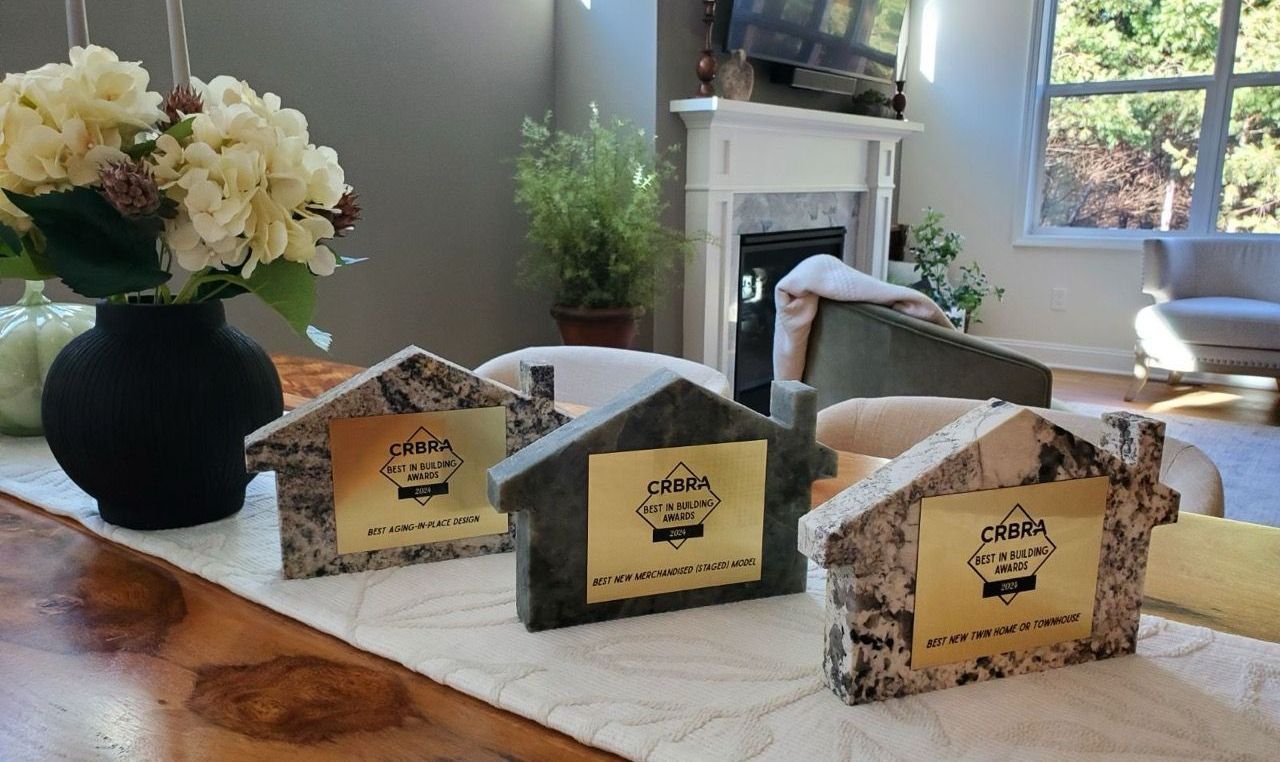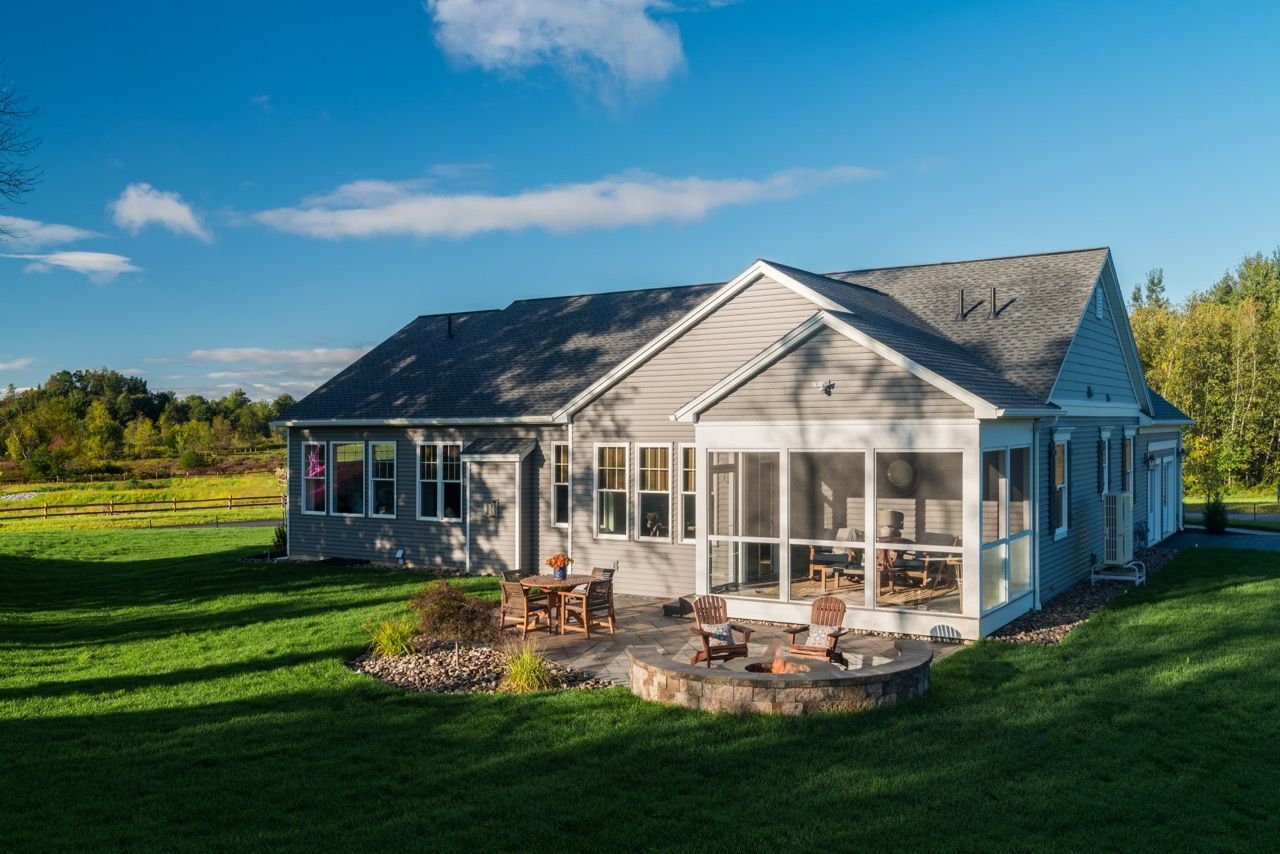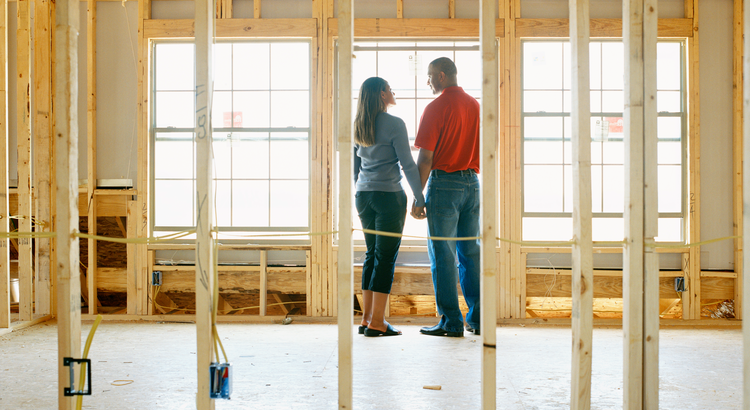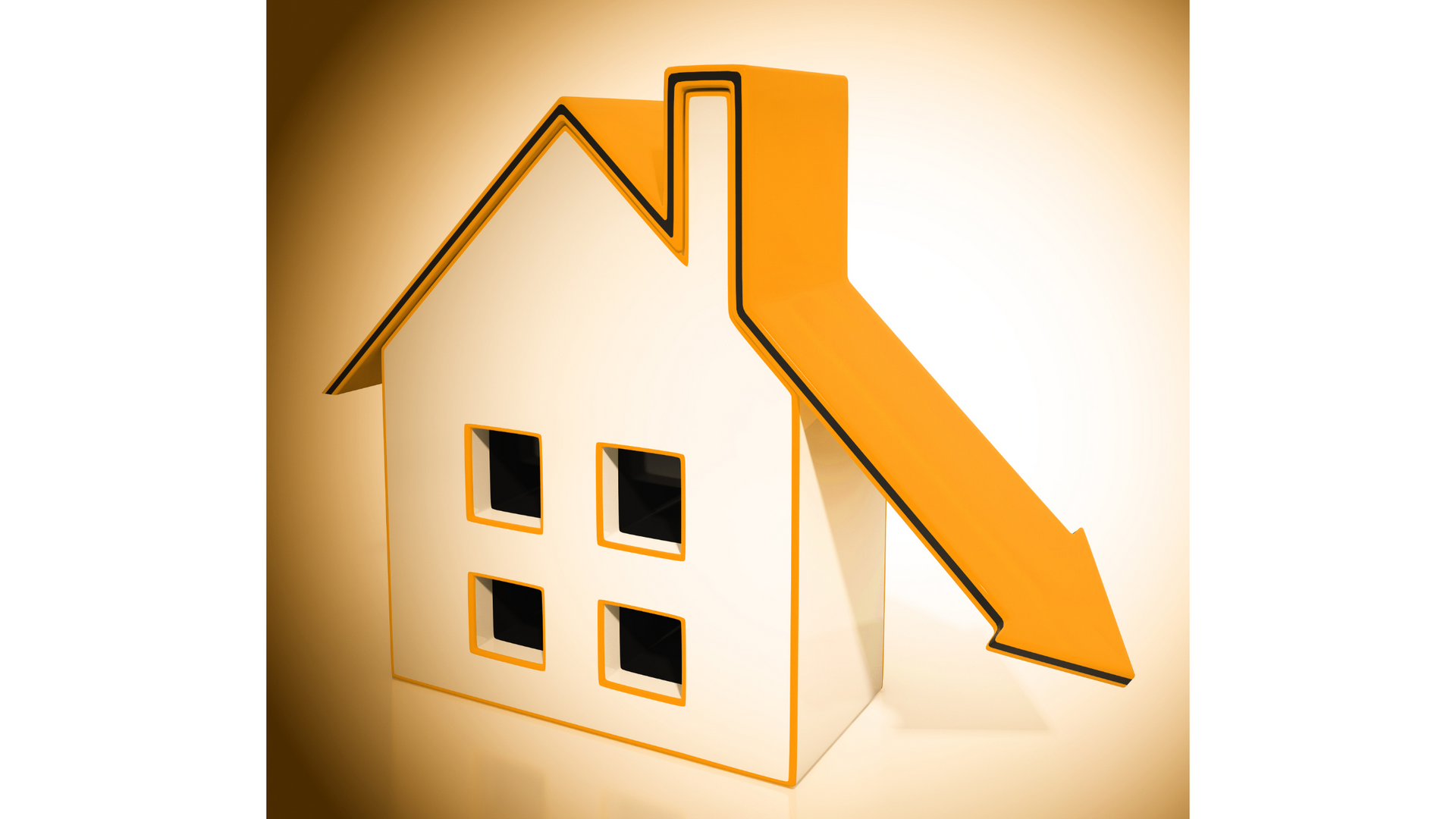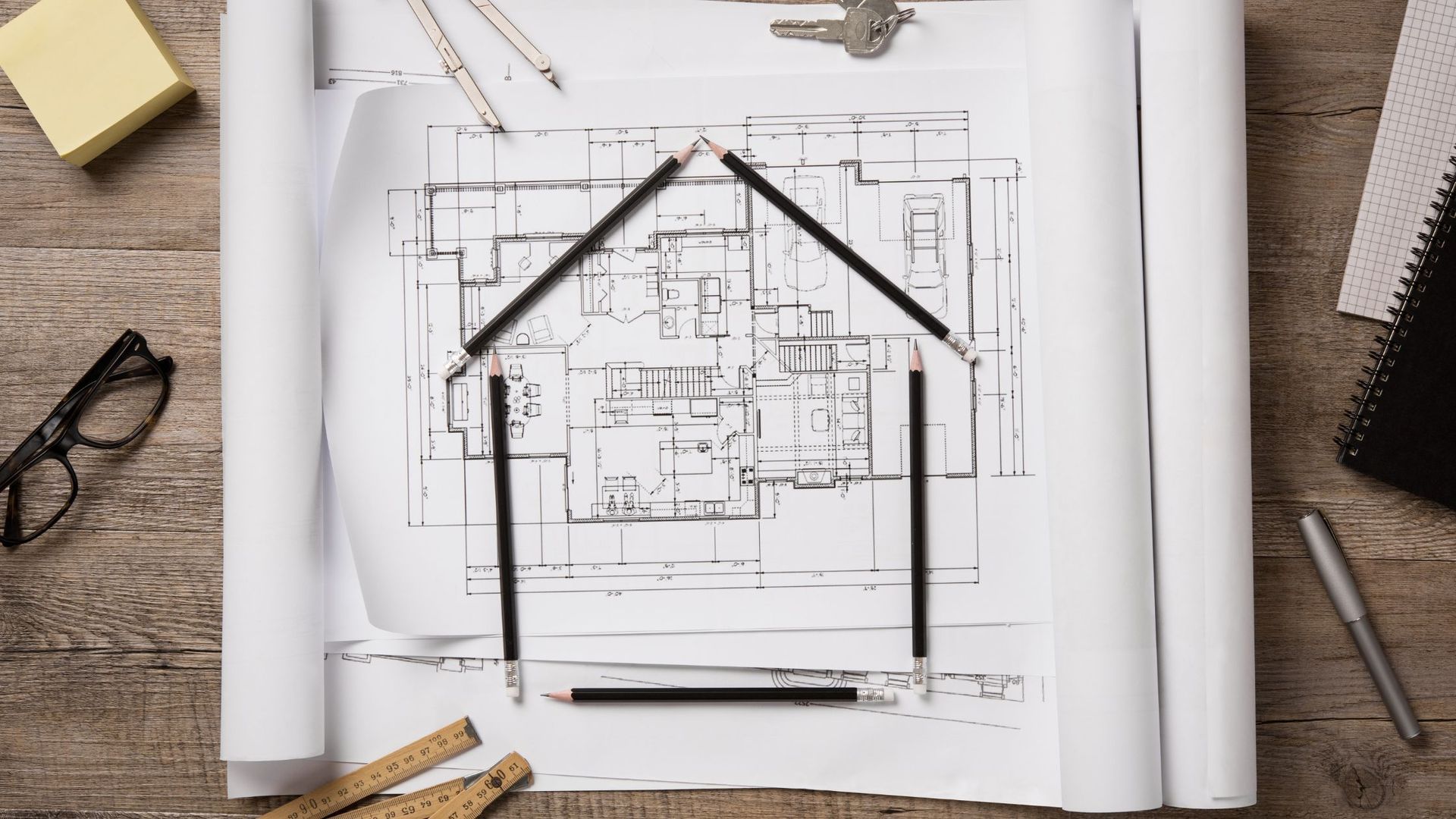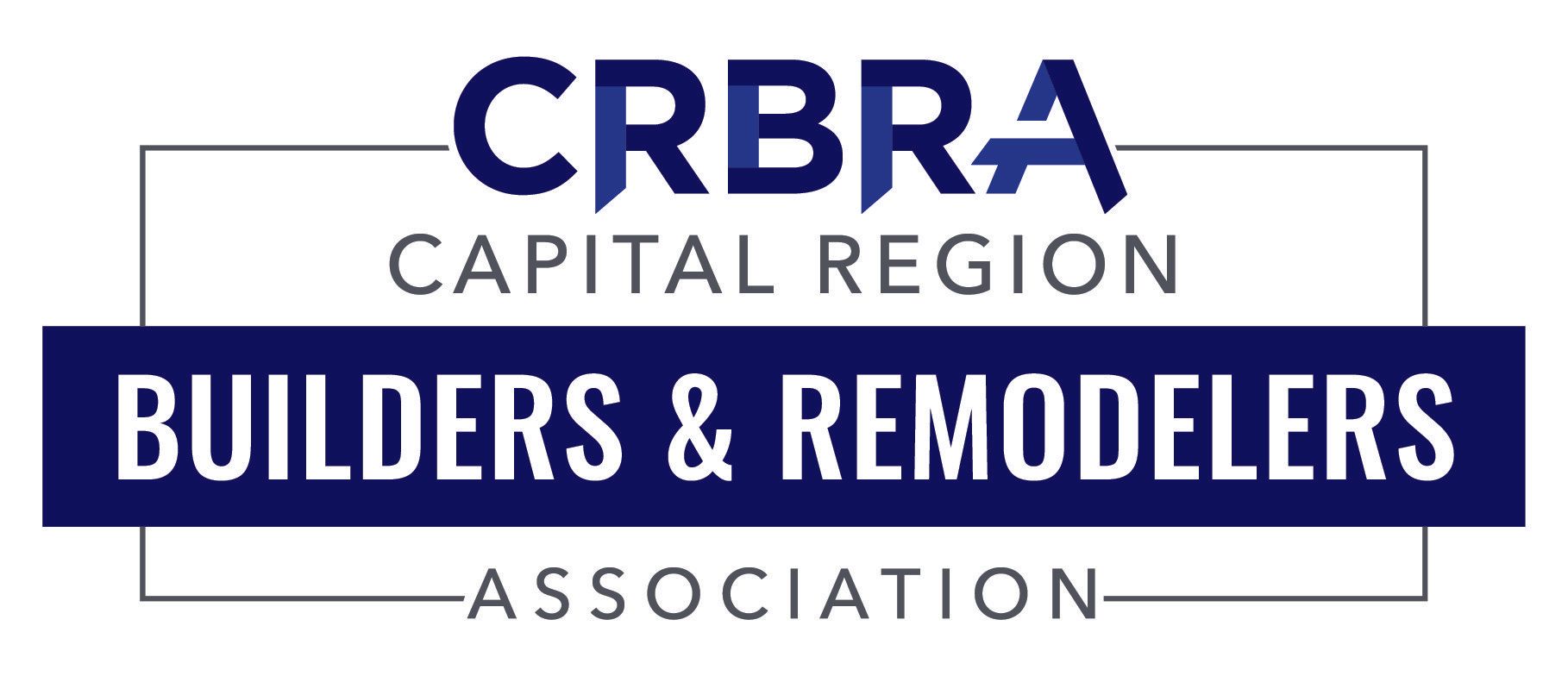Roof and Gutter Maintenance for the Homeowner
Cleaning and inspecting your roof and gutters may not sound like the most fun way to spend a spring weekend, but with regular maintenance and attention, it’s really not so bad and can save you some major headaches down the road.
The first thing to keep in mind when checking out your roof should be obvious – Be careful. Take your time, look where you step and watch your footing. Once you feel comfortable walking around, start checking your caulking for cracks and wear and look out for shifting shingles. Especially in new homes, stress from expansion and contraction can crack and damage your roof and walls. Lastly, check your vent covers and make sure no rodents or birds have moved in. Mesh guards can go a long way in keeping critters out, so if you haven’t already, this is a great time to install them.
Spring and fall are probably the easiest time for your bi-annual gutter clean out. Just like with your roof, safety is key. Make sure your ladder has a good footing, take your time and always use a spotter. If the debris in your gutters is dry, cleaning them out could be as simple as hitting them with a leaf blower. If they’re damp, though you may want to take a trowel and scoop everything out into a bucket, being sure not to scratch or damage the gutter in the process. From there, spray everything out with a garden hose. Keep an eye out for leaks and holes. Smaller cracks can be fixed with a little bit of spat caulk, while larger holes will require a patch made from the same material as your gutter, secured with epoxy and roofing cement. Sagging sections are generally just the result of loose nails and can be remedied with a few pounds from your hammer. If that doesn’t work though, replacing them with screws should secure them in place without a problem.
There you have it! Just a few short hours of work can buy you the sound peace of mind that comes with knowing your roof and gutters are in great shape all year long.
Share

